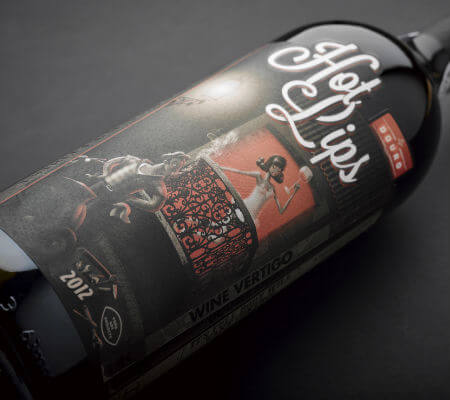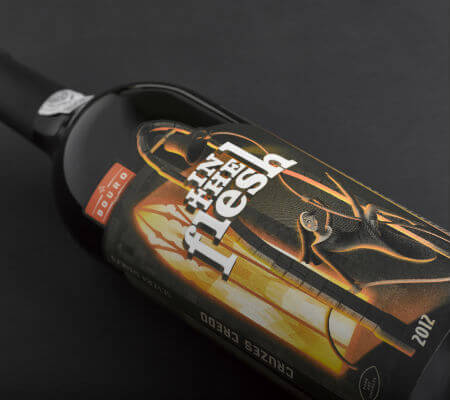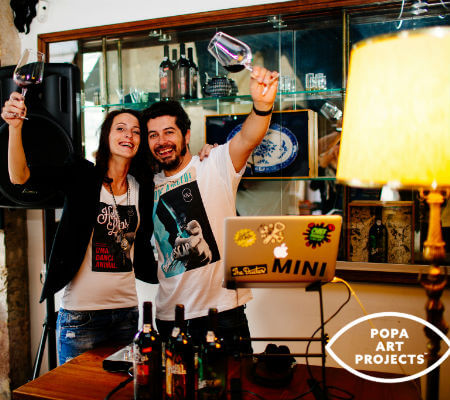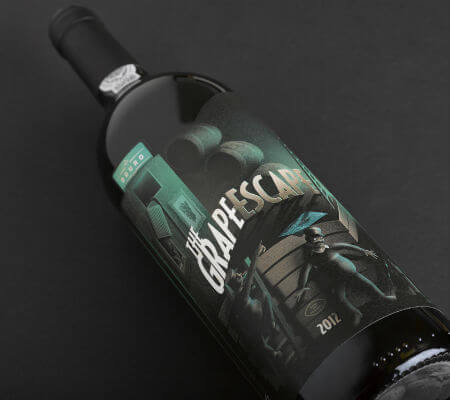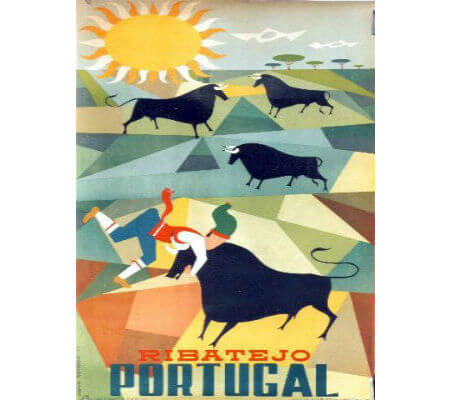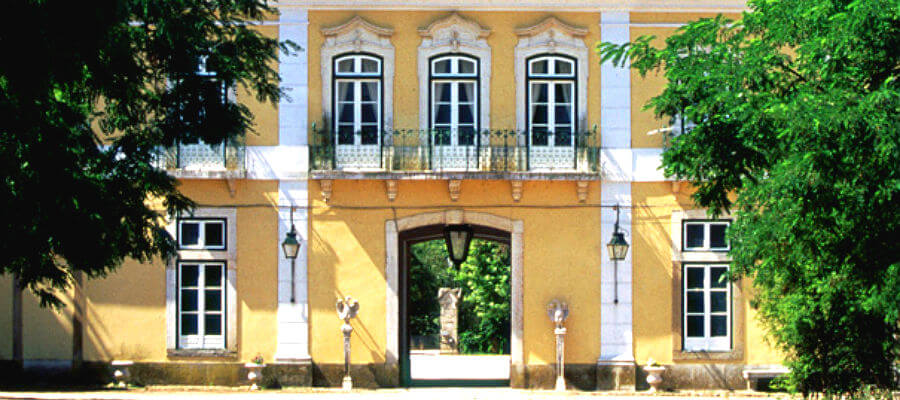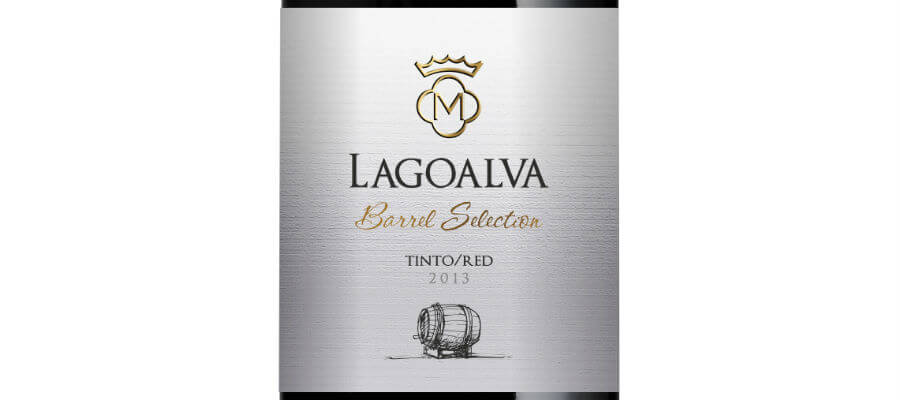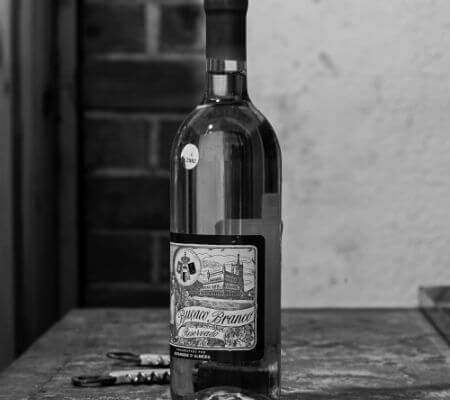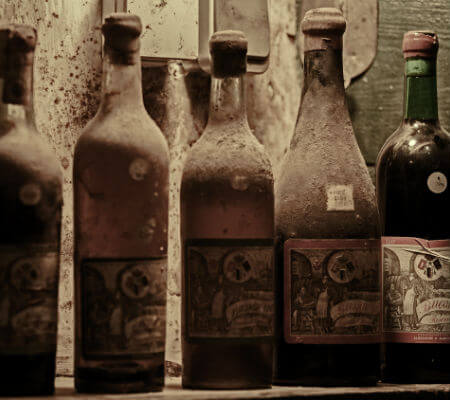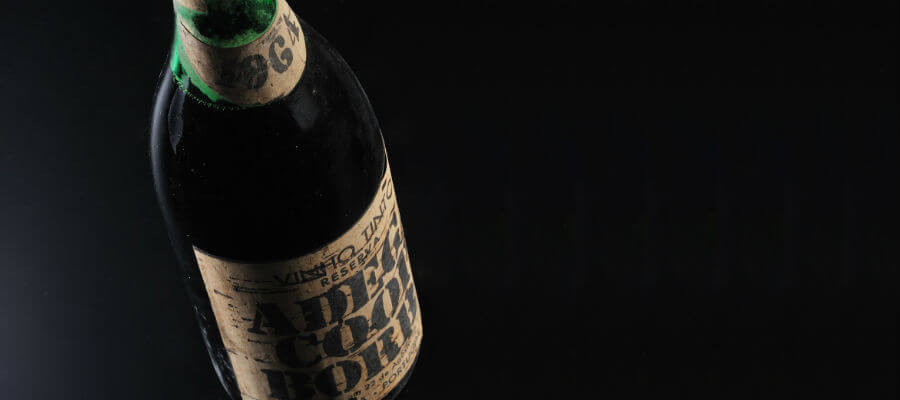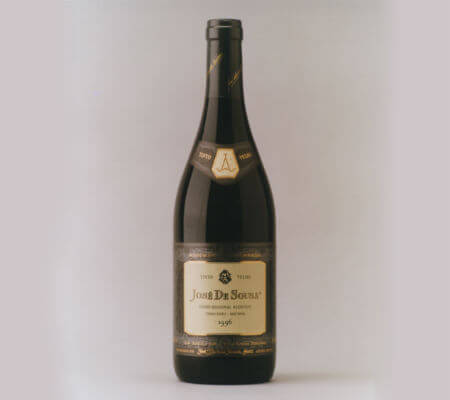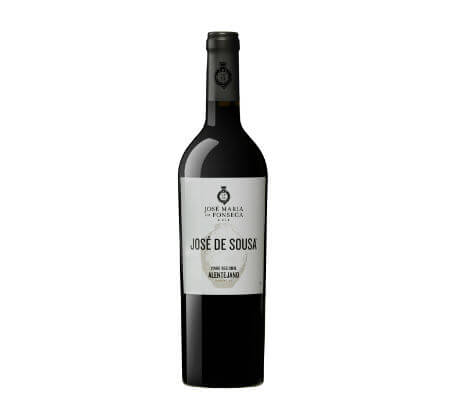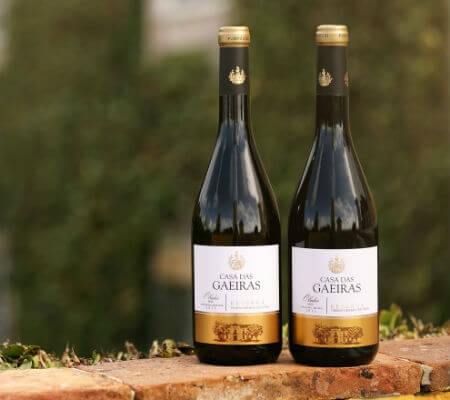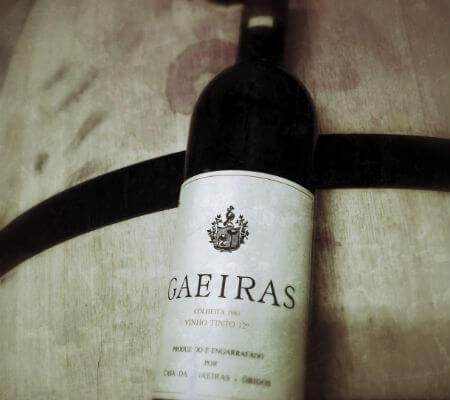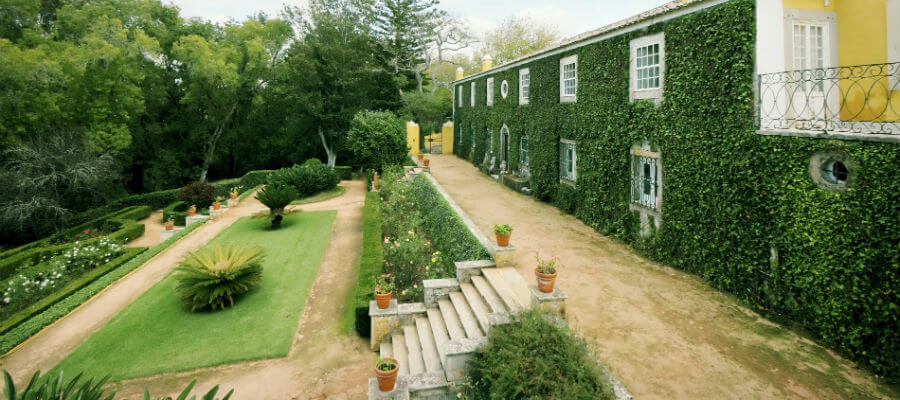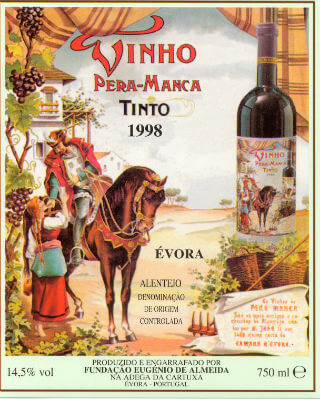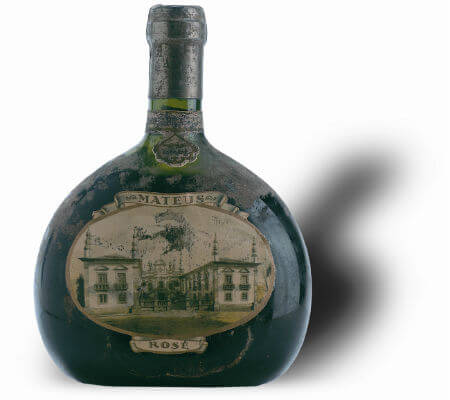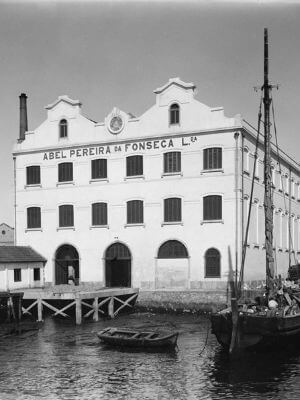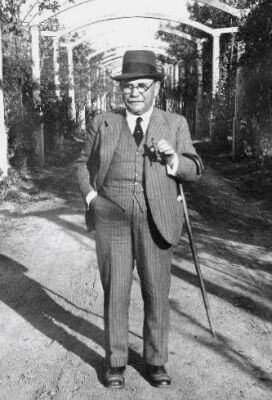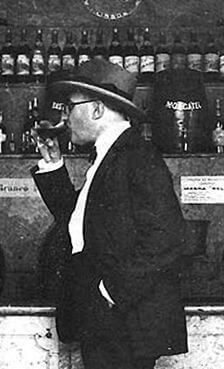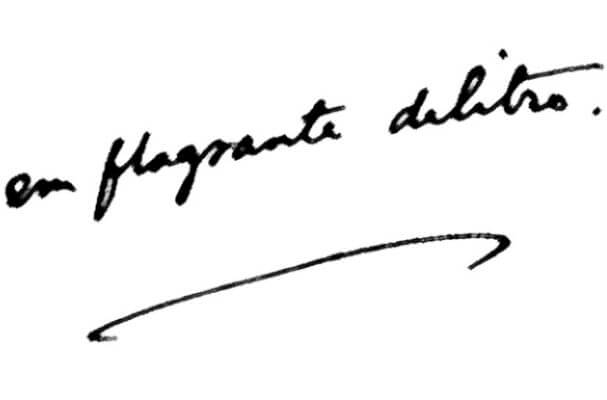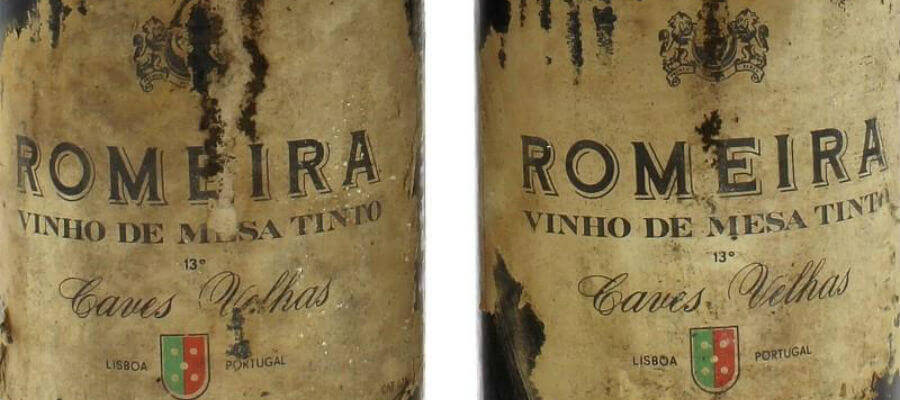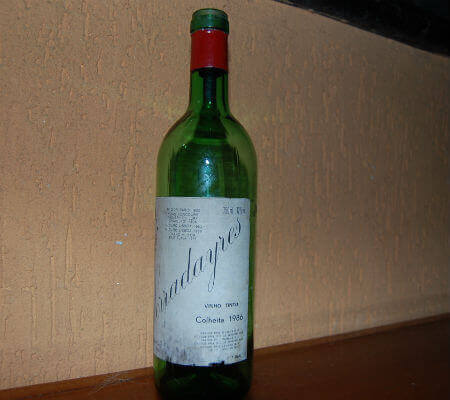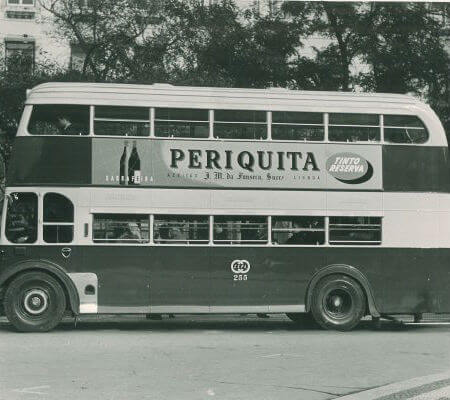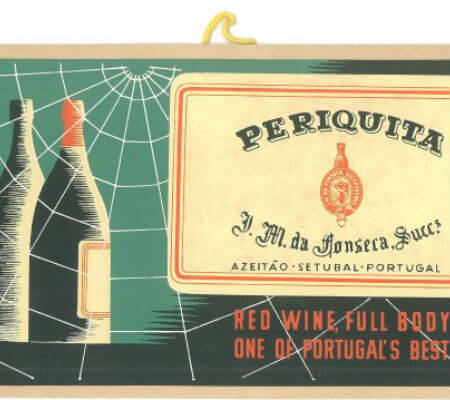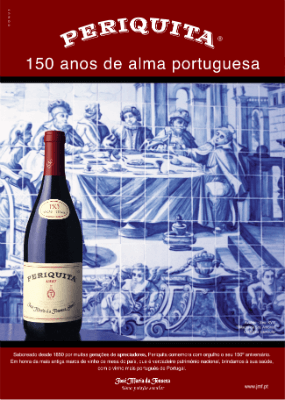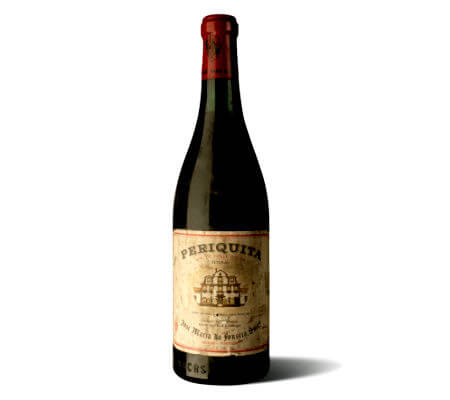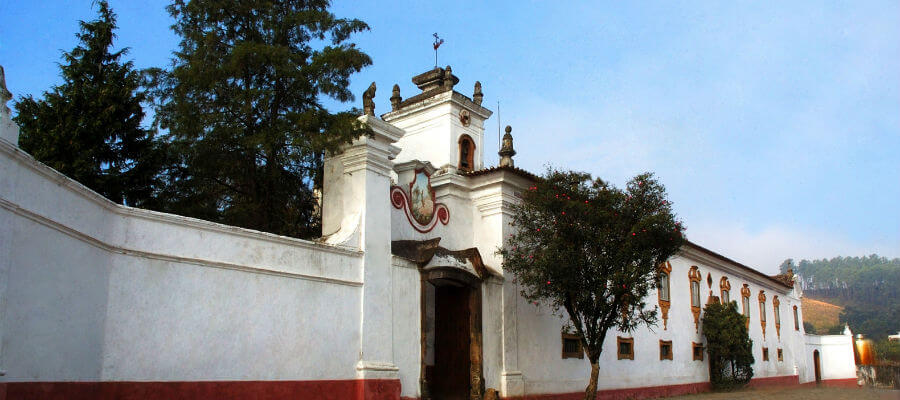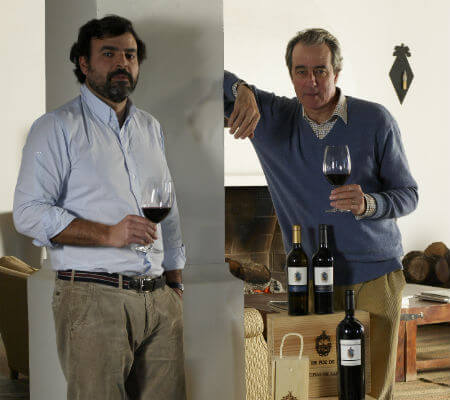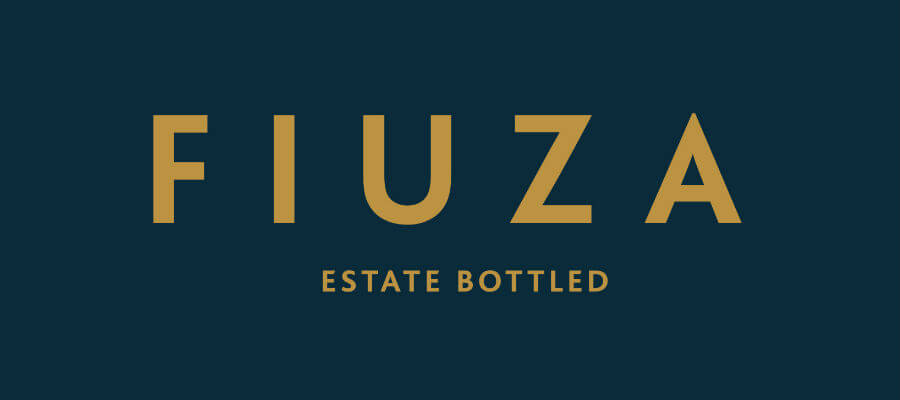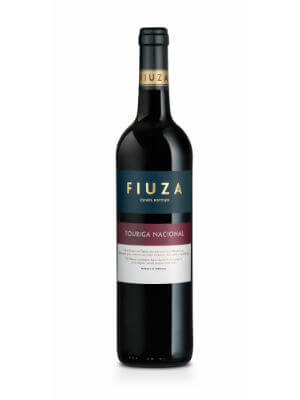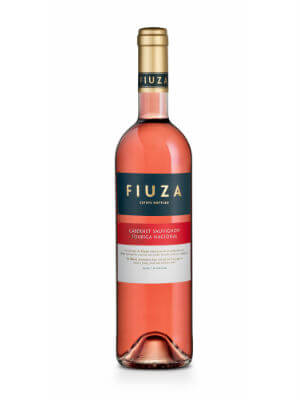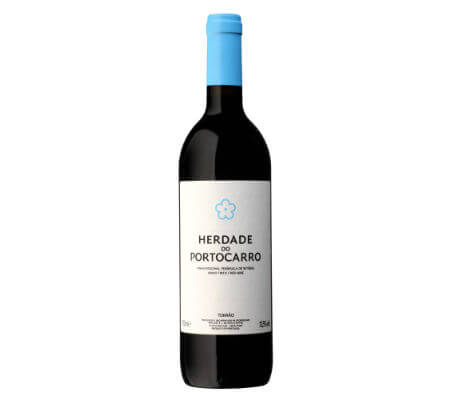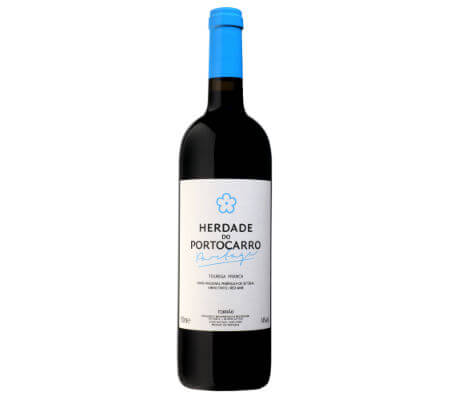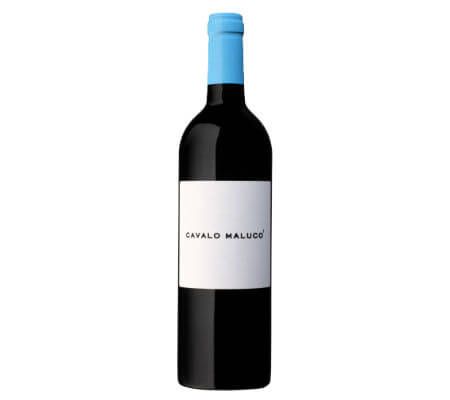Colares wines
Text João Barbosa | Translation Jani Dunne
The Agricultural Reform allowed the human species to prosper. Later, it started domesticating animals and invited the cat into the family. It encouraged writing and Mathematics given the need to create inventories.
As a predictable outcome, “smart farming” was created; that in which man intervenes beyond the fieldwork. First it was bread, and then perhaps beer – some may claim that wine came first, but I don’t believe so.
Man tasted and was happy when he tried the result of a mix of water and barley seeds forgotten or neglected in some container. Using that grain, Man may have experimented with other ingredients. One thing is certain (!), which is the effect of alcohol as it induces a change in our state of consciousness, the driving force behind producing these drinks.
So far, so good, summarised down to the bone. Dilemmas come with difficulty, when the answer isn’t so clear although some of the evidence may be correct. A big mystery for me is Colares red wine.

Carrying Grapes
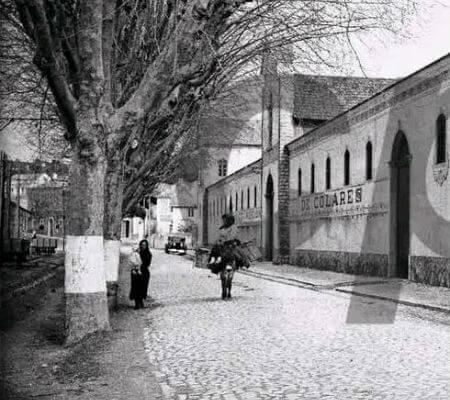
Adega de Colares
The region, within the Metropolitan area of Lisbon, was registered a long time ago, but it won when it was nominated in the 19th century. Not surprising, seeing as the plague of phylloxera decimated European vineyards. Aphid do not survive in the sand, and the soil is sandy in Colares.
Colares red wine is mostly produced from the Ramisco grape variety. When it’s young, it’s incredibly rich in tannins; they used to add white wine to it a few years ago, especially from the Colares Malvasia variety.
Adding red and white wine made it all so much easier. Modern times “created” the rush. Wines used to have their cycle and everyone accepted that. They drank it young and knew they needed to wait until it reached its zenith.
Eça de Queiroz, the writer, was well travelled and a cosmopolitan. He got terribly bored in the countryside. He was a diplomat and knew the lights of Europe’s developed cities. Portugal was hillbilly town. Queiroz’s work is loaded with wine quotes, and Colares are some of the most common mentions – perhaps the most highlighted.
Eça de Queiroz was part of a group of intellectuals, called Vencidos da Vida (Disappointed in Life), which brought light to Lisbon “village”, and Realism as a form of art and literature. The 70s Generation, another name for the “club”, filled their bellies in O Leão d’Ouro restaurant, right by Rossio station in Lisbon. The venue is still there. Inside, Columbano Bordalo Pinheiro painted the most famous moment of those discussions.
Growing vines in Colares is painful because they’re low and you need to crouch down or sit on your knees to work… That did not discourage the 70s Generation’s bourgeois and aristocratic figures – the folk worked hard and there they were, motionless for generations.
But this effort is important. I will add something: (at least) ten years must be added after the hard work on the vines before you can drink it… Only a wonderful result could explain this. However! …
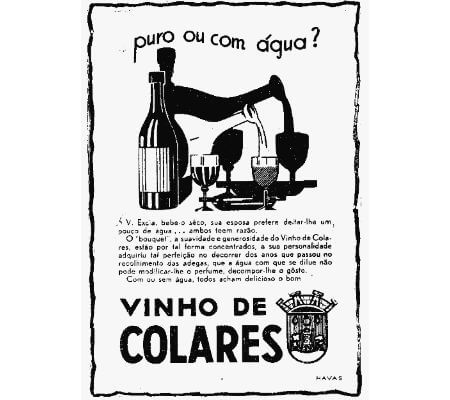
Colares wines
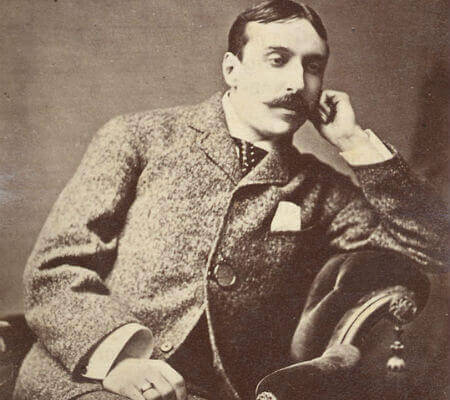
Eça de Queiroz
Who could have thought of storing some Colares wine? Only a crazy fool! A compulsive poisoner! Someone mad for revenge! I shall explain this with a statement that is claimed to be by Eça de Queiroz: “Either this wine is ruined or it is a new Colares.”
Winemakers know the cycle of evolution that wine moves through until it can be revealed. However, only a madman would save a drop of new-born wine from Colares. An angel must have whispered in his ear to save it, for one day it would be drunk with great pleasure.
I am an unconditional fan of wine from Colares, and the sharpness in Eça de Queiroz is sublime… only when I tasted a new wine, a new-born, did I comprehend the dimension of the statement claimed to be by this writer.
Fortunately, I have drunk as far as the 1911 vintage… and…



